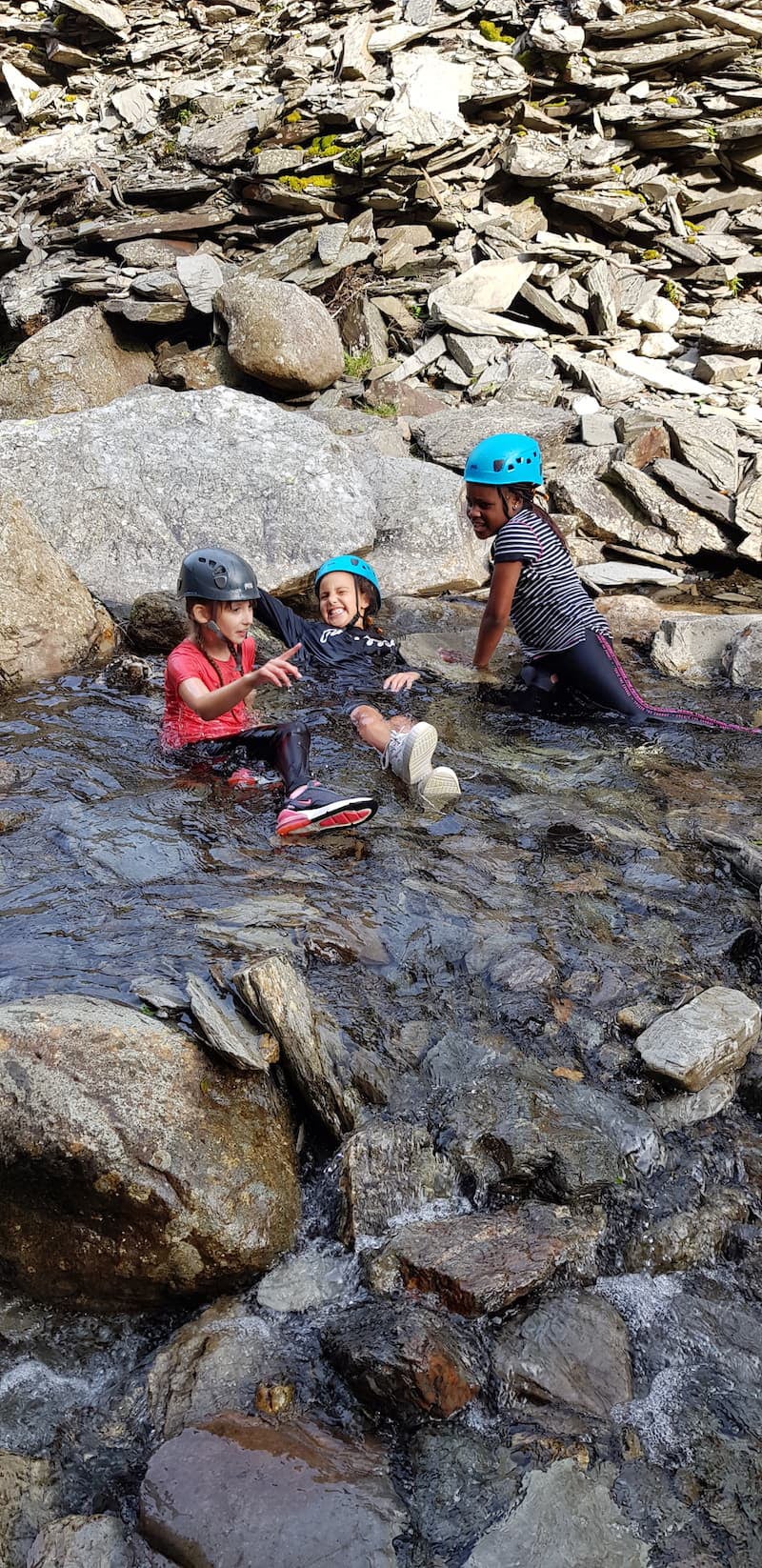Before the pandemic an average of 31% of UK children were living in poverty. Poverty is defined as living in a household whose income is 60% below the median each year. In some regions and postcodes this figure was far higher and rising when the last data was published. For instance, the Northeast of England was approaching 37%, and several London boroughs were already over 40%. 49% of children living in lone-parent families were in poverty as were 46% of children from Black and minority ethnic groups.
The name “Forgotten 40” is derived from the percentage of children living within families in poverty in many disadvantaged parts of the UK.
The data predates the pandemic and the growing economic pressures on vulnerable and low-income families, which have tipped yet more families into hardship. Poorer families, already squeezed by years of austerity followed by the pandemic, and now the impact of the war in Ukraine, are struggling more than ever as food, energy and rent prices soar.
To find out more about child poverty in the UK, a number of reliable resources exist including the websites of the Children’s Commissioner, the Child Poverty Action Group, and the End Child Poverty coalition.

















